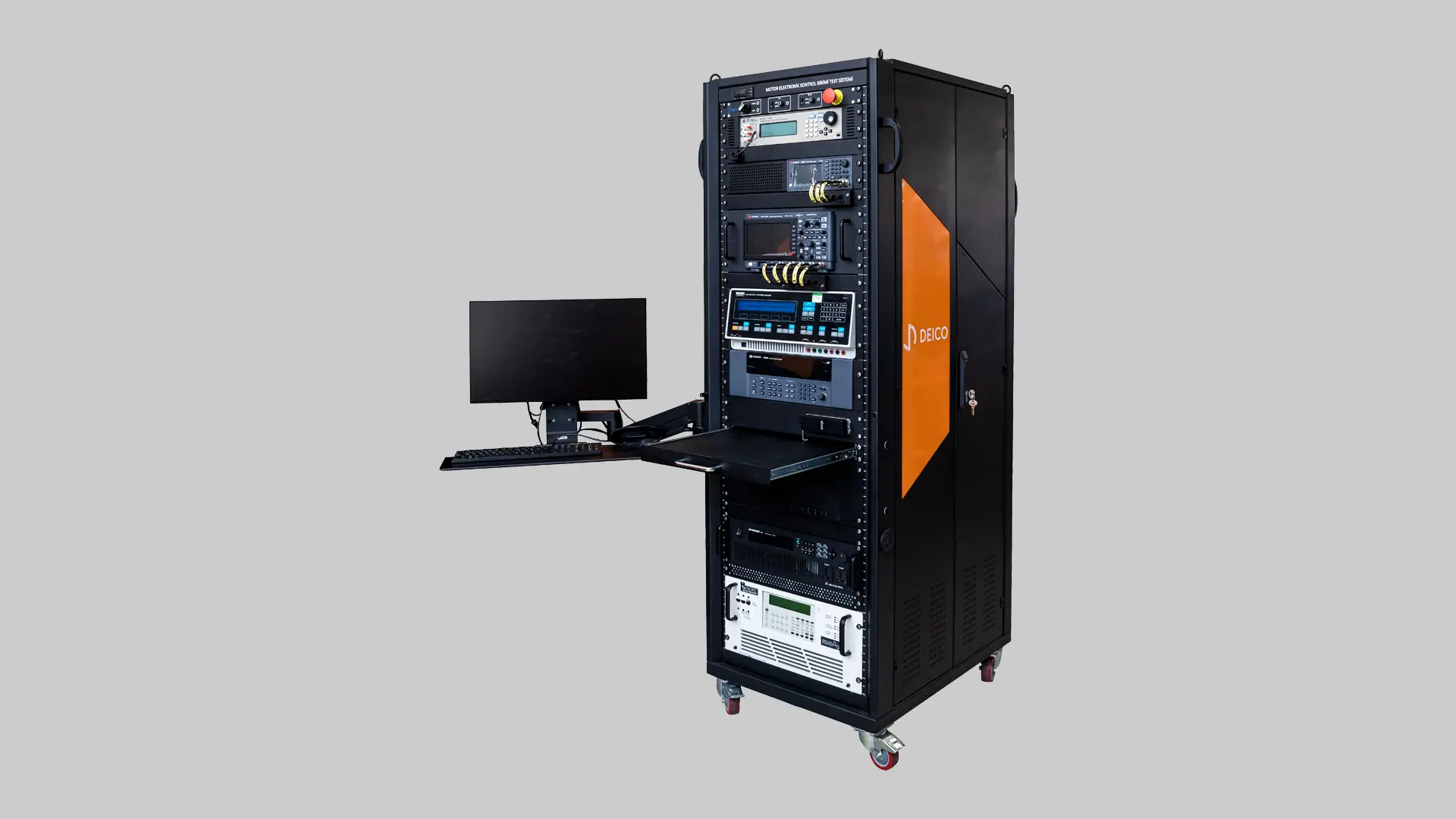Project Overview
Project Objective
The primary objective is to validate the safety and performance of the helicopter’s Engine Control Units (ECUs) by simulating high-risk scenarios in a lab environment that cannot be safely tested during actual flight operations.
Target Platform and Industry
This project focuses on Engine Control Units (ECUs), FADEC (Full Authority Digital Engine Control), and other critical avionics systems for military and civilian rotary-wing aircraft within the aerospace and defense industry.
Scope and Functionality
The project tests the physical ECU by connecting it to a real-time simulation platform, enabling safe verification of performance under hazardous flight conditions.

Technical Specifications
System Capabilities
-
Simulates and measures diverse analog and discrete signals, including VDT, thermocouple, torque sensor, and speed sensor.
- Conditions all I/O channels to precisely match the electrical characteristics of the real aircraft.
- Features a mass interconnect interface for fast, reliable, and repeatable connections to the unit under test (UUT).
- Provides an intuitive graphical user interface (GUI) for test automation, monitoring, and analysis.
Standards, Protocols, and Compatibility
-
PXI & SLSC Modular Architecture
- MIL-STD-1553 Interface Support
- RS-422 Serial Communication Protocol
DEICO Modules Used
-
PXIe Modules (DE140700)
- SLSC Modules (DE9004, DE9101)
- 1553 Bus Coupler
- Breakout Box
Project Value and Impact
Why This Project Matters
This project is crucial because it guarantees the safety of the helicopter’s engine control unit by testing it against hazardous scenarios that are impossible to replicate in real-world flight.
Customer and Industry Benefits
The system significantly accelerated the development and certification timeline, drastically reducing the high costs and risks associated with physical flight testing.
